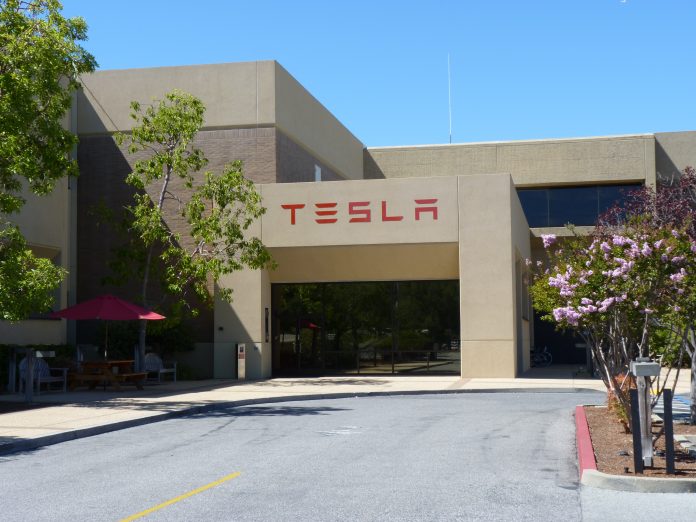Tesla Inc. was added to the S&P 500 index, which stopped the parable run in the shares of the electric car manufacturer.
S&P Dow Jones Indices, the index provider, suggested that the quarterly re-equilibrium will be supplemented by Etsy Inc. Online marketplace, technology company Teradyne Inc. and pharmaceutical company Catalent Inc. It was notably absent since it catapulted shares to new heights, partially before joining the S&P 500.
Tesla’s shares fell 21%, their greatest one-day drop in the record. After a 34 percent fall in September, the stock still almost quadrupled this year. The market cap of Tesla has reached almost USD 308 billion, making it by that way one of the largest firms in the U.S.
The announcement is especially misleading for bullish investors who have been actively placed to enter the firm. Following the company’s current quarterly earnings and plans to exchange stocks, several investors are betting big that their shares will keep soaking.
Following the most recent income survey, Tesla seemed eligible for inclusion. Companies must record a cumulative profit for four consecutive quarters to be eligible for the index, including the last quarter.
But the S&P 500 is not determined by a statistical formula alone. S&P ‘s selection policy begins with specific requirements for eligibility, namely located in the United States, where the stock trading on a major American exchange is conducted. Apart from a few other guidelines, the composition of the S&P 500 is at the discretion of the Index Committee, which may review and exclude the mechanism from the regulation for selecting stocks.
The shares of companies that reach the index will typically increase as they join, as over USD 11 trillion in assets will follow the S&P 500, resulting in an influx of future purchasing.
S&P Spokesman Dow Jones Indices refused to comment on the discussions on individual companies by the index committee. A Tesla representative did not answer a comment request immediately.
There have been a few factors, including its profitability assessments and regulatory credit sales to other carmakers, which are theoretically holding the business back.
Over the last four years, Tesla made over USD 1 billion out of such regulatory credits. In the last four years, this is more than twice its earnings.
S & P spokesman Dow Jones Indices told the Wall Street Journal that the eight-person committee could at any time choose to include new business, also beyond the quarterly re-equilibrium.
Nevertheless, it shows that Tesla’s ascent has been unusual and controversial. The company is the first ever to enter the index. The total valuation of the three firms just inducted was more than nine times the value of Tesla, FactSet data reveal.
Many investors have piled into short-term, bullish choices linked to continued gains on Tesla’s stock, which can aggravate its extreme rally. Now, these alternatives could magnify their lower spiral.
Tesla is one of the largest tech-heavy Nasdaq Composite elements which, soon after the opening bell, dropped 4.1%.

